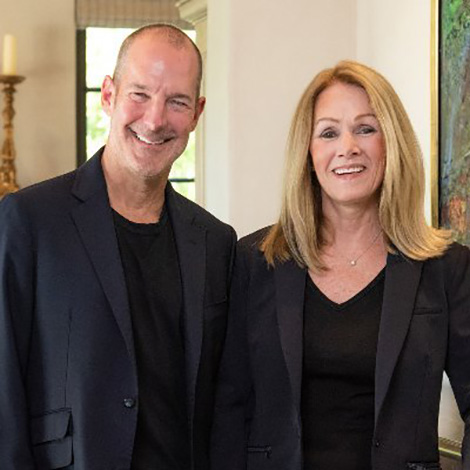Nothing to fear but fear itself in post-career life

If you are approaching – or already living – your post-career life, you likely have had to face the fact that this is a stage that can stretch for decades, all without the structure that a career or raising a family provided.
Now, probably for the first time, you are completely in charge of how you will spend your days. So, what would you do if you could do anything? What would you do if you didn’t have to worry about the outcome or be afraid of disappointing someone else or simply being embarrassed?
They say the only fears we are born with are the fear of falling and the fear of loud noises. Everything else is learned. Most of those learned fears are beneficial. If we hadn’t learned to be afraid of large hungry animals with big teeth or thin ice over deep water, the human race would not have survived.
But sometimes fear holds us back and prevents us from achieving the things that we not only want to do but need to do if we are going to grow and remain vital and relevant. This is especially true as we enter the years after we have left full-time work when we are still full of energy, and have the time and wisdom to focus on things that are personally meaningful.
There are two kinds of these “hindering†fears–the fear of missing out, and the fear of the unknown.
The fear of missing out is so prevalent that it has its own ubiquitous acronym – FOMO. It’s simply human nature to wonder if others are having more fun or doing something more important than we are. FOMO can be particularly insidious when you first leave your career.
Your calendar can look pretty empty when you stop full-time work. You wonder if anyone even remembers you. So, you accept invitations and jump at opportunities just because someone asked. But not every opportunity is the right opportunity. The challenge in this stage is to develop a set of guidelines that helps you sort through all the possibilities and find the ones where you can really make a difference. When a new activity or opportunity presents itself, ask yourself: Is this meaningful? Will my participation make a difference? Do I have the time to do it well? If the answer to all three questions isn’t yes then politely decline and move on. It wasn’t always this way.
A year or so after Patti left her full-time career, she attended an industry luncheon that had become something of a tradition in the last 10 years of her professional career. As she was eating her salad and listening to the old gang talk about industry gossip and trends, she looked outside and saw it was a beautiful day. “If I leave now,†she thought,†I can get home, change my clothes, and enjoy a nice long walk before dark. This could not be less interesting or relevant to my life today.†As she was walking and enjoying the outdoors, she reminded herself she had to get over the fear of missing something and, instead, be driven to do something because it was additive to her life. She realized she was not missing out on anything by leaving the old industry events to the next generation. In fact, holding onto the past meant she was actually missing out on something that brought her happiness now.
While FOMO can interfere with your enjoyment of your post-career life because you take on too many activities and fill your time with things that don’t bring you happiness, fear of the unknown can stop you from engaging in new, interesting activities. To overcome fear of the unknown, you sometimes just have to take a deep breath and dive in.
For example, we have a friend who decided to take an improv class at a local college. She was much older than most of the other students, and she felt awkward and out of place, but she pushed through her fear of embarrassment and it didn’t take long to find her stride. The benefit of not allowing fear to stop her was that each class boosted her self-confidence and confirmed that she was still the same capable, interesting person she had been during her career.
We have other friends who have gone back to school to get their medical or law degree, started foundations, trained to run a marathon, took off sailing around the world, or learned to play the piano. The possibilities are endless when you refuse to let fear choose your life for you.
Patti and Milledge Hart, who wrote this article, are co-authors of “The Resolutionist: Welcome to the Anti-Retirement Movement” (www.antiretirement.com). They worked for more than 30 years in technology and investment banking businesses.
